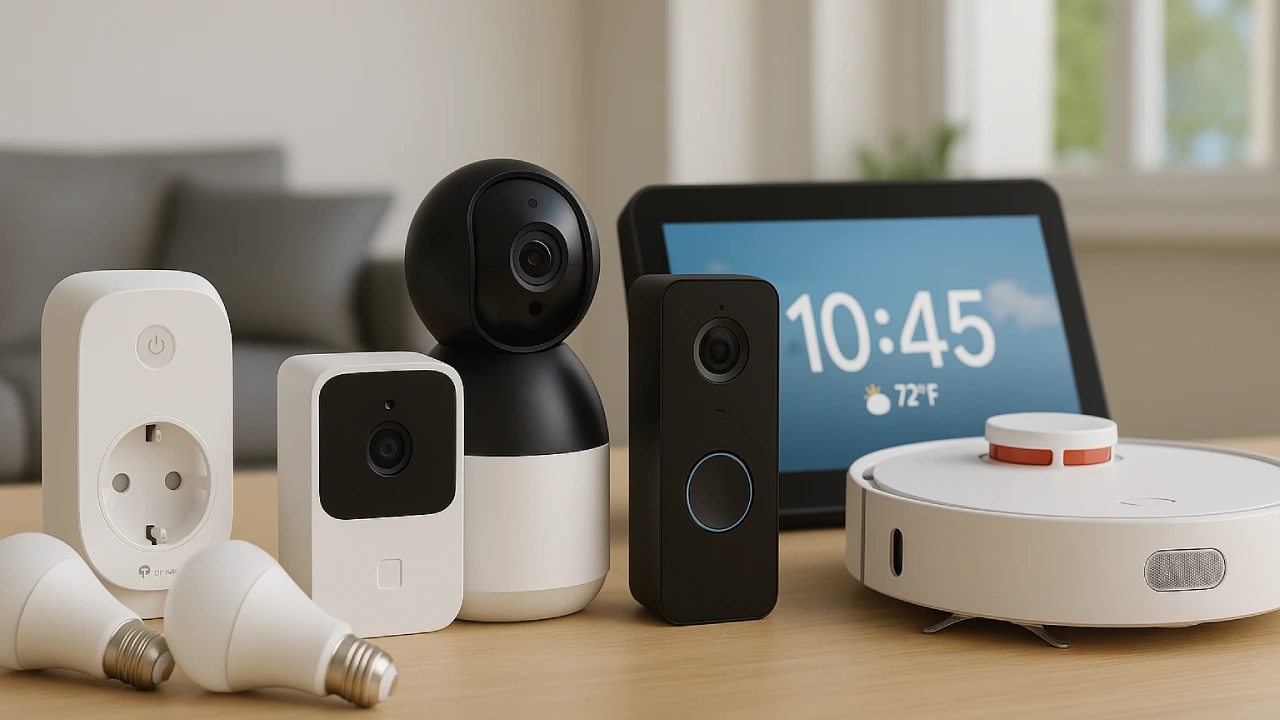Introduction
Telehealth has become a game-changer in the healthcare industry, providing unprecedented access to medical services and improving patient outcomes. As we step into 2024, telehealth continues to transform the way healthcare is delivered. This blog explores five incredible ways telehealth is revolutionizing healthcare, highlighting the benefits and advancements that are making a positive impact on patients and providers alike.
1. Expanding Access to Healthcare
Reaching Remote and Underserved Areas
One of the most significant benefits of telehealth is its ability to provide healthcare services to remote and underserved areas. Patients in rural communities or those with limited access to medical facilities can now receive consultations and follow-up care from the comfort of their homes. This expansion of access ensures that everyone, regardless of location, can obtain the medical attention they need.
Eliminating Transportation Barriers
Telehealth eliminates the need for patients to travel long distances to see a healthcare provider. This is particularly beneficial for individuals with mobility issues, chronic conditions, or those who cannot afford transportation costs. By removing these barriers, telehealth makes healthcare more accessible and convenient for all.
2. Enhancing Patient Convenience
Flexible Appointment Scheduling
Telehealth offers flexible appointment scheduling, allowing patients to book consultations at times that are convenient for them. This flexibility is especially valuable for working individuals, parents, and those with busy schedules. With telehealth, patients can receive medical care without having to take time off work or rearrange their daily routines.
Reduced Waiting Times
Telehealth significantly reduces waiting times for medical appointments. Patients no longer have to sit in crowded waiting rooms or deal with long delays. This efficiency not only enhances patient satisfaction but also allows healthcare providers to see more patients in less time, improving overall productivity.
3. Improving Chronic Disease Management
Continuous Monitoring and Support
Telehealth plays a crucial role in managing chronic diseases by enabling continuous monitoring and support. Patients with conditions such as diabetes, hypertension, and heart disease can regularly check in with their healthcare providers, receive timely advice, and adjust their treatment plans as needed. This proactive approach helps prevent complications and improves health outcomes.
Personalized Care Plans
Through telehealth, healthcare providers can develop personalized care plans tailored to each patient’s needs. Remote monitoring devices, such as wearable fitness trackers and home blood pressure monitors, provide real-time data that helps providers make informed decisions. Personalized care plans lead to better disease management and a higher quality of life for patients.
4. Reducing Healthcare Costs
Lowering Operational Expenses
Telehealth reduces operational expenses for healthcare providers by minimizing the need for physical infrastructure and administrative staff. Virtual consultations and remote monitoring require fewer resources, leading to cost savings that can be passed on to patients.
Decreasing Hospital Readmissions
By enabling continuous monitoring and timely interventions, telehealth helps reduce hospital readmissions. Patients receive the necessary support to manage their conditions effectively, decreasing the likelihood of complications that require hospitalization. This reduction in readmissions translates to significant cost savings for both patients and healthcare systems.
5. Facilitating Mental Health Support
Accessible Mental Health Services
Telehealth has revolutionized mental health support by making it more accessible to those in need. Patients can connect with therapists and counsellors through video calls, phone calls, or chat services, breaking down the barriers to seeking help. This accessibility is essential in addressing the growing mental health crisis.
Anonymity and Comfort
For many individuals, the anonymity and comfort of receiving mental health support from home are crucial. Telehealth allows patients to access therapy sessions without the stigma or anxiety associated with visiting a mental health clinic. This ease of access encourages more people to seek the help they need.
Conclusion
Telehealth is revolutionizing healthcare in 2024 by expanding access, enhancing convenience, improving chronic disease management, reducing costs, and facilitating mental health support. These advancements are making a profound and positive impact on both patients and healthcare providers. As telehealth continues to evolve, it promises to transform the healthcare landscape further, making high-quality care more accessible and efficient for all.







